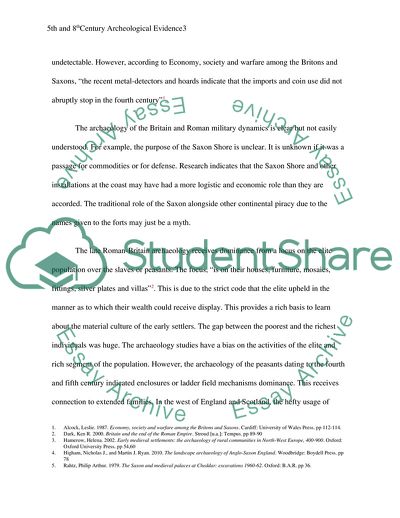Cite this document
(Archaeological Evidence between 5th and 8th Century in Western Britain Coursework, n.d.)
Archaeological Evidence between 5th and 8th Century in Western Britain Coursework. Retrieved from https://studentshare.org/archaeology/1847330-characterise-the-archaeological-evidence-for-the-elite-settlement-in-western-britain-and-scotland-between-the-5th-and-8th-centuries-and-consider-its-wider-social-and-economic-context
Archaeological Evidence between 5th and 8th Century in Western Britain Coursework. Retrieved from https://studentshare.org/archaeology/1847330-characterise-the-archaeological-evidence-for-the-elite-settlement-in-western-britain-and-scotland-between-the-5th-and-8th-centuries-and-consider-its-wider-social-and-economic-context
(Archaeological Evidence Between 5th and 8th Century in Western Britain Coursework)
Archaeological Evidence Between 5th and 8th Century in Western Britain Coursework. https://studentshare.org/archaeology/1847330-characterise-the-archaeological-evidence-for-the-elite-settlement-in-western-britain-and-scotland-between-the-5th-and-8th-centuries-and-consider-its-wider-social-and-economic-context.
Archaeological Evidence Between 5th and 8th Century in Western Britain Coursework. https://studentshare.org/archaeology/1847330-characterise-the-archaeological-evidence-for-the-elite-settlement-in-western-britain-and-scotland-between-the-5th-and-8th-centuries-and-consider-its-wider-social-and-economic-context.
“Archaeological Evidence Between 5th and 8th Century in Western Britain Coursework”, n.d. https://studentshare.org/archaeology/1847330-characterise-the-archaeological-evidence-for-the-elite-settlement-in-western-britain-and-scotland-between-the-5th-and-8th-centuries-and-consider-its-wider-social-and-economic-context.


